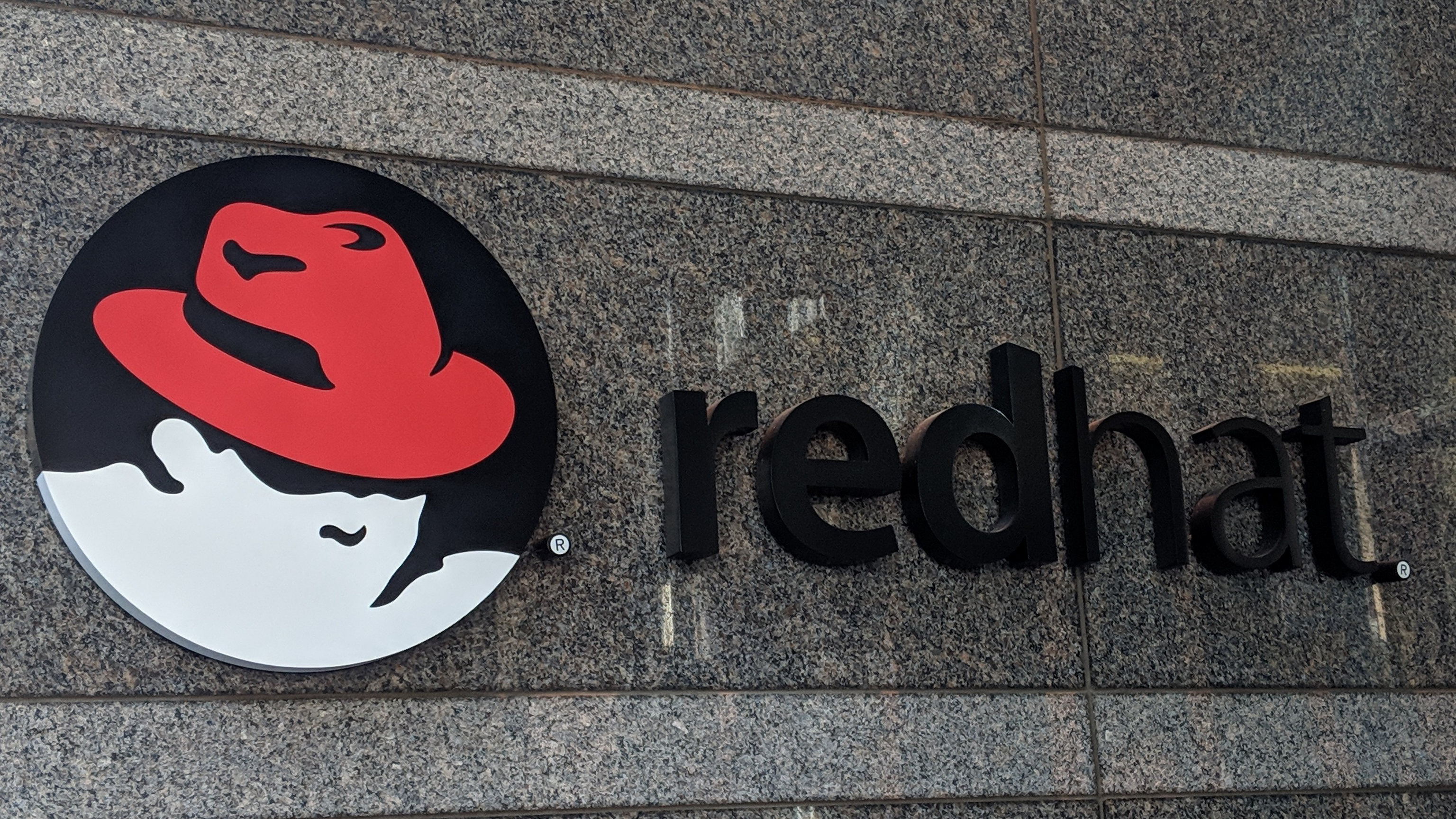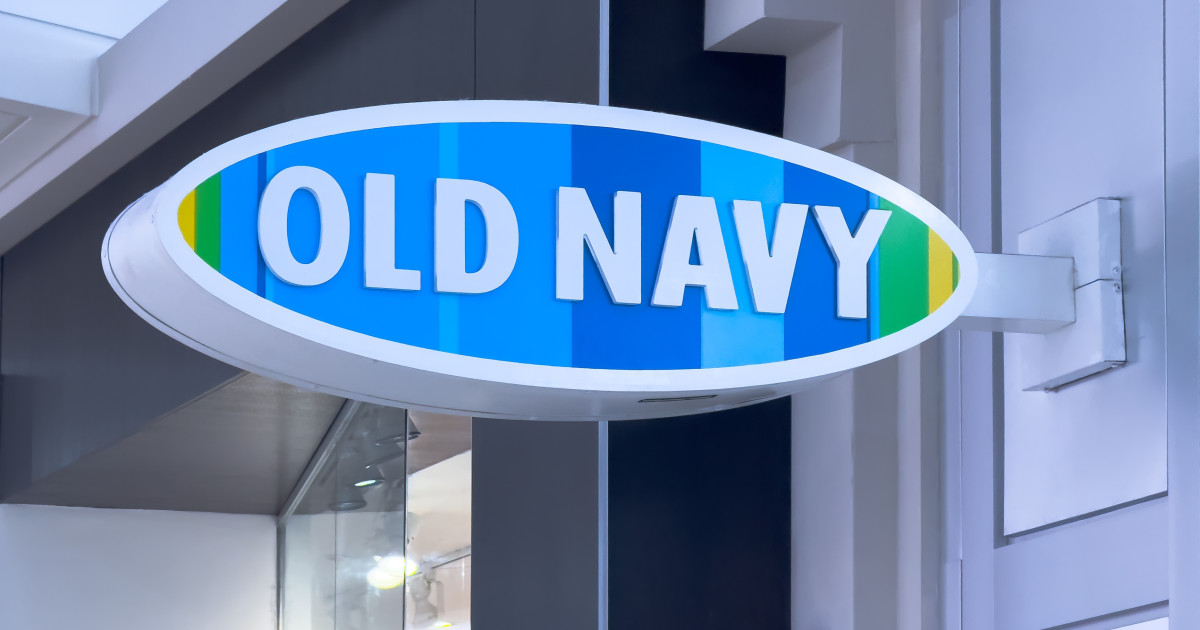Copyright SiliconANGLE News

Cloud-native infrastructure is driving a new era of artificial intelligence performance, where open innovation and scalable orchestration are redefining how enterprises deploy intelligence across hybrid environments. As generative workloads grow, the convergence of Kubernetes and AI is transforming data centers into adaptive, hybrid systems. Red Hat Inc. is connecting containerization, performance and hardware acceleration into a cohesive ecosystem that fuels sustainable, scalable innovation in cloud-native infrastructure. The company’s open-source leadership is enabling enterprises to deploy and optimize AI efficiently across distributed environments, according to Stu Miniman, senior director of market insights, hybrid platforms, at Red Hat Inc. “There were a few years in the cloud era that it was like, does hardware matter,” Miniman told theCUBE during a KubeCon NA preview. “At Red Hat, hybrid has been our drumbeat for more than a decade, and AI inferencing happens a lot of places … hybrid is definitely the reality, and AI more than ever is putting that in the forefront.” SiliconANGLE Media’s live broadcast studio theCUBE will be back on the ground at KubeCon + CloudNativeCon NA, streaming live interviews and expert analysis during the event — from November 11–13. Tune in to hear more about how Red Hat is advancing Kubernetes optimization and open-source AI innovation to scale hybrid, distributed intelligence across modern cloud-native infrastructures. (* Disclosure below.) Here’s the full preview interview with Stu Miniman: Building the next generation of cloud-native infrastructure Enterprises are redefining AI deployment through cloud-native infrastructure, where open innovation and scalable design intersect with hybrid flexibility. Red Hat’s collaborative ecosystem is pushing these boundaries by fusing Kubernetes orchestration, performance tuning and hardware acceleration to power distributed AI workloads from the edge to the data center. This is where hybrid strategy becomes essential, according to Robert Shaw, director of engineering at Red Hat. “Almost all of the deployments of LLMs are coming on top of Kubernetes,” Shaw told theCUBE. “It really sets the picture for what Kubernetes is best at — these long-lived services, production-quality applications and all the reliability and scalability built for running other workloads.” Beyond cloud-native infrastructure, Red Hat’s leadership is expanding the open-source ethos into AI development. By combining openness in both language and code models, the company is lowering the barrier to entry for AI creation and training, emphasizing accessibility alongside performance. This shift reflects a broader movement toward democratized AI that anyone can experiment with — even on a laptop, according to Matt Hicks, president and chief executive officer of Red Hat. “A lot of it is … AI-focused — how do enterprises, individuals, startups, entrepreneurs, how do they think about open source and AI,” Hicks told theCUBE in a recent interview. “Open source has those advantages in sovereignty and other areas as an enabler to it. Then AI can amplify open source, but it also changes how code’s developed.” Red Hat bridges open models with diverse hardware to scale AI performance The next wave of AI optimization focuses on mapping open models to a wide range of hardware accelerators. Red Hat’s partnerships with Nvidia Corp., Advanced Micro Devices Inc., Google LLC and Intel Corp. are central to this, creating a flexible framework for bridging open-source models with diverse compute architectures. This collaboration forms the technical foundation for scaling inference workloads across hybrid infrastructures. “That’s what vLLM is all about. It’s about mapping that whole ecosystem of open-source models onto that whole set of hardware accelerators,” Shaw explained. “[It] provides that integration point for all of these key ecosystem participants.” With Red Hat’s AI 3 platform, these advancements are converging into a unified system that simplifies inference management across environments. By combining OpenShift AI, Enterprise Linux AI and AI Inference Server into a single framework, Red Hat is enabling enterprises to build, deploy and refine AI workloads more efficiently. This integrated approach reinforces the company’s long-standing commitment to open innovation, according to Miniman. “Open source unlocks the world’s potential,” Miniman told theCUBE. “We’re not building all the applications. We’re giving you the tools and the capabilities and freeing up your people to be able to take advantage of that more than anything else.” Want more insights from KubeCon + CloudNativeCon NA 2025? Check out these Red Hat sessions at the event: Anchoring Trust in the Age of AI: Identities Across Humans, Machines and Models – Join Red Hat’s Yuan Tang and Anjali Telang as they reveal how SPIFFE, SPIRE and Keycloak are redefining trust and identity for secure, auditable AI on Kubernetes. Three Well-Lit Paths to Scalable LLM Inference with llm-d on Kubernetes – Red Hat’s Christopher Nuland demonstrates how engineering teams can scale gen AI inference on Kubernetes with llm-d, showcasing intelligent scheduling, GPU optimization and expert parallelism in action. Navigating the Rapid Evolution of Large Model Inference: Where Does Kubernetes Fit? – Rita Zhang of Microsoft, Jiaxin Shan of Bytedance, Yuan Tang of Red Hat and Sergey Kanzhelev of Google unpack how Kubernetes is evolving to handle the next wave of large model inference. Routing Stateful AI Workloads in Kubernetes – Red Hat’s Michey Mehta and IBM’s Maroon Ayoub reveal how cache-aware, context-driven routing transforms Kubernetes for stateful, multi-turn generative AI workloads built on llm-d. Kubeflow Ecosystem: Navigating the Cloud Native AI/ML and LLMOps Frontier – Red Hat’s Valentina Rodriguez Sosa, Nutanix’s Johnu George, Apple’s Akshay Chitneni, Indemnify AI’s Josh Bottum and CyberAgent’s Yuki Iwai explore how Kubeflow is redefining cloud-native machine learning platforms for scalable, reproducible gen AI pipelines from data processing to distributed training and inference. TheCUBE event livestream Don’t miss theCUBE’s coverage of KubeCon + CloudNativeCon NA from Nov. 11-13. Plus, you can watch theCUBE’s event coverage on-demand after the live event. How to watch theCUBE interviews We offer you various ways to watch theCUBE’s coverage of KubeCon + CloudNativeCon NA, including theCUBE’s dedicated website and YouTube channel. You can also get all the coverage from this year’s events on SiliconANGLE. TheCUBE podcasts SiliconANGLE’s “theCUBE Pod” is available on Apple Podcasts, Spotify and YouTube, which you can enjoy while on the go. During each podcast, SiliconANGLE’s John Furrier and Dave Vellante unpack the biggest trends in enterprise tech — from AI and cloud to regulation and workplace culture — with exclusive context and analysis. SiliconANGLE also produces our weekly “Breaking Analysis” program, where Dave Vellante examines the top stories in enterprise tech, combining insights from theCUBE with spending data from Enterprise Technology Research, available on Apple Podcasts, Spotify and YouTube. Guests During KubeCon + CloudNativeCon NA, theCUBE analysts will talk with industry experts at Red Hat about how the company is advancing cloud-native architecture, modernizing AI infrastructure and shaping the future of open-source innovation. Featured Red Hat guests on theCUBE include: Mrunal Patel, distinguished engineer at Red Hat Roman Zhukov, principal security community architect, Open Source Program Office, at Red Hat Inc. Luciano Scorsin, principal account solution architect at Red Hat Inc. Jimmy Alvarez, senior principal product marketing manager at Red Hat Inc. (* Disclosure: TheCUBE is a paid media partner for the KubeCon + CloudNativeCon NA event. Neither Red Hat Inc., the headline sponsor of theCUBE’s event coverage, nor other sponsors have editorial control over content on theCUBE or SiliconANGLE.) Photo: Flickr CC



